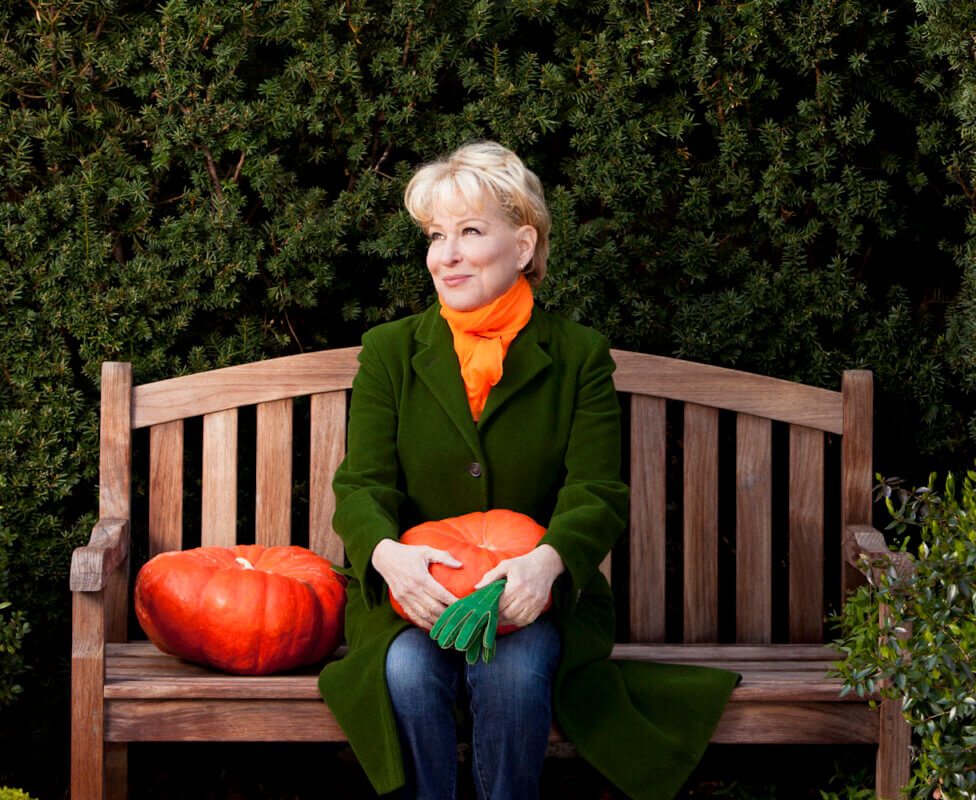Process
“Nature is a fundamental right”
Bette Midler
Background
In the redesign of the NYRP website, the central focus was to create excitement based around local spaces to clean up and transform environments and communities for better living and maximum exposure so that NYRP could expand its footprint and impact in all five boroughs to make a safer, healthier, and happier city.
In our initial meetings, a systematic approach was taken to understand focus and flow. Largely a project’s outline will be specifically designed around client expectations and a conglomeration of past system structures. For example, the standard process utilizes Agile methodologies with a large focus on detailed scrums, sprints, and volumes of documentation. For NYRP, our approach was more of a light Agile process which allowed room for roles to overlap, giving prominence to usability and general consensus by ways of productive communication and internal team/system demos. Allow me to highlight a few key areas below.
Process
The kickoff started with an exploratory meeting with all key players to discuss the general expectations and scope of the project, which led to a proposal of services once our ideas were solidified. This followed a thorough period of research and analysis on NYRP's audience, goal, requirements, timeframe, and budget of the project.
At this point, we were ready to gather data components and information architecture lending a core foundation in the overall UX process at the earliest stages so that vital user-centric considerations would drive the strategy. This was supported through qualitative and quantitative analysis, mind maps, journey maps, personas, wireframing, style sheets, brand control guidelines, mock-ups, physical hardware prototypes, usability guidelines, and other artifacts that helped us provide conceptual integrity of the User Experience across the entire solution. Enabler stories were also useful in communication between design, development, and overall application logic. This helped us advance support for the collection of usage statistics, UI error logging, and feedback mechanisms. Here are a few examples of our process.
Research and Analysis: The first step was to identify the problem: In understanding the goals, objectives, and target audience; we were then ready to conduct user research which included qualitative methods such as interviews, focus groups, and observations to gather insights into user needs, pain points, and behaviors. Then we analyzed our data. This was achieved via quantitative analysis provided by surveys which helped us gain statistical insights into the user’s behavior and patterns.
User Personas: Next we created user personas from this data which were expressed in fictional representations of target users based on our research findings, incorporating demographic, psychographic, and behavioral characteristics. We were then able to define our user goals and motivations which outlined specific goals, needs, and motivations of each persona that guided our design process.
Journey Mapping: This brought us to journey mapping, where we identified the key touchpoints and interactions the users had with our service throughout their experience. In this, we were able to visualize the user’s experience, which allowed us to plot user emotions and pain points at each stage to understand opportunities for improvement.
Information Architecture: We started this phase with card sorting where we organized content and functionality by involving users in grouping related elements together to later create sitemaps. By doing so, we were able to visualize the hierarchical structure and navigation flow of the site, ensuring intuitive and efficient user journeys.
Wireframing: With the hierarchical structure we were able to start wireframing where we created low-fidelity representations of key screens and supporting pages to establish the layout, content hierarchy, and functionality. In this, we were able to iterate and refine by gathering feedback from stakeholders and users, incorporating changes and improvements through the process.
Visual Design: Now we were ready for the design of our style sheets and brand control guidelines. We defined the visual elements, including typography, colors, imagery, and iconography, aligned with the brand identity which then led us to create high-fidelity mock-ups.
Prototyping: Once all was signed off, we delved into our interactive prototypes where we built interactive and clickable versions of the screens to simulate the user’s experience which allowed us to then test usability by conducting sessions to evaluate the prototype’s effectiveness, identifying areas for improvement.
Evaluation and Iteration: After our usability sessions, we were then able to analyze our data by gathering qualitative and quantitative feedback from usability testing which allowed us to iterate and refine the design.
Development and Handoff: Finally, it was time to develop the final product. This process was a collaboration with our development team where we implemented the approved design providing design specifications and guidelines that documented and communicated design details, interactions, and guidelines to ensure consistent implementation.
In Closing
As helpful as these illustrations were, UX can go way deeper than visual aesthetics. The UX process has become a very defined science as qualitative research ensures customer validation, clarity, and a process when producing products of the future. It is possible to use qualitative techniques via a user-centered design process to truly innovate whilst remaining Agile. Oftentimes, additional research such as; focus groups, and models can help assist with this process. A few examples include Competitive Analysis, Mental Model, Task Analysis, and Red Route Analysis.
In previous projects, I have appreciated the idea of a final, internal overview outlining data points on successful parts of the project within teams, with also pointers on how to improve the process. We may end with final reports in closing, and possible data analytics to track progress. Overall, I feel communication and flexibility are key, and enjoy the process of designing data to resonate with empathetic design while maintaining prime functionality and best practices.
